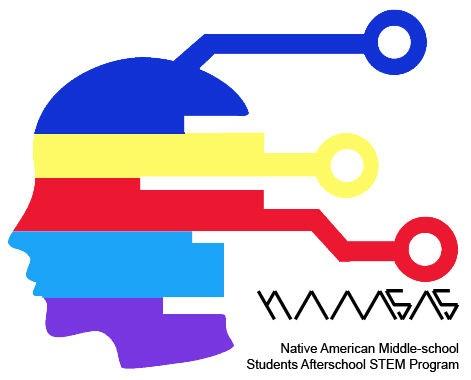Engaging Native American Students in STEM Career Development through a Culturally-Responsive After-School Program Using Virtual Reality Environments and 3D Printing
The project will develop and research an after-school program that is designed to increase the STEM career interests and motivations of Native American middle-school students. Students will use digital technologies, including virtual reality (VR), augmented reality (AR), and 3D printing, to solve spatial design problems presented through the project’s culturally responsive, problem-based learning education modules. Through a generative co-design process involving after-school educators, community members, and students, the project will incorporate historical and contemporary cultural knowledge in the development of learning environments that are relevant to Native American students. The target audiences for this project are middle-school students and after-school educators from three Tribal Nations in Oklahoma. The project will advance the infrastructure and capacity for after-school STEM programs in three Tribal Nations, the Pawnee, Citizen Potawatomi, and the Chickasaw Nations. Over 250 Native American students will be served in after-school programs that are facilitated by educators prepared through summer professional development programs. The project will create technology centers and an inclusive curriculum to support the community-defined hackathons where family and Tribal citizens are exposed to new workplace technologies (VR, AR, 3D printing) in a way that prioritizes the practices, knowledge, skills, and values of each Tribal Nation.
Project research will focus on the impacts of the after-school programs on Native American youth and variables relevant their STEM career development. The project research plan draws on contemporary indigenous scholarship about the role of personal and science identity development on the career attitudes of Native American. Mixed methods will be employed in this research. Qualitative data from observations, focus groups, narrative program reports, and career life assessment approaches will explore the program impacts on youth STEM identity and engagement. Pre-post quantitative measures will assess student interest, motivation, spatial learning, and STEM identity. The project will make its research findings, after-school curricular resources, and a digital artifact repository available online for other Tribal Nations and after-school programs. The knowledge and insights gained from this research will provide evidence for the usefulness of project resources and will add to the knowledge base on developing culturally responsive programs that are co-created with the community. This project is funded by the Innovative Technology Experiences for Students and Teachers (ITEST) program, which supports projects that build understandings of practices, program elements, contexts and processes contributing to increasing students' knowledge and interest in science, technology, engineering, and mathematics (STEM) and information and communication technology (ICT) careers.
